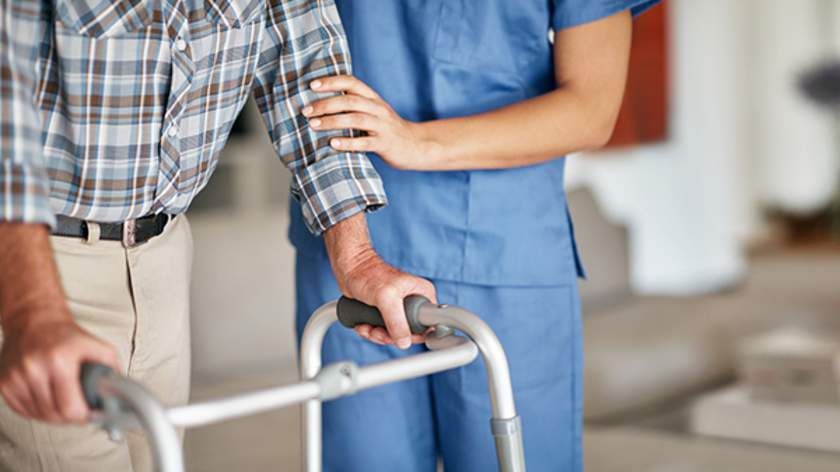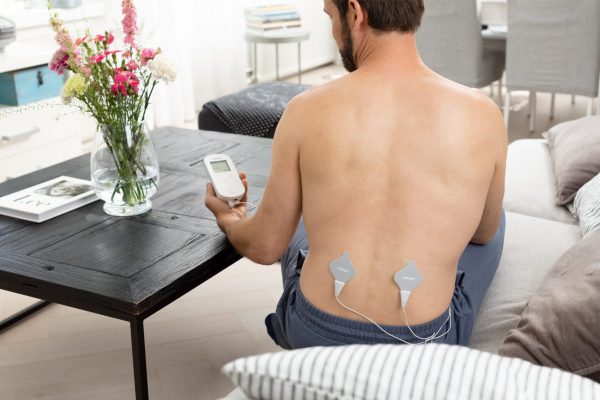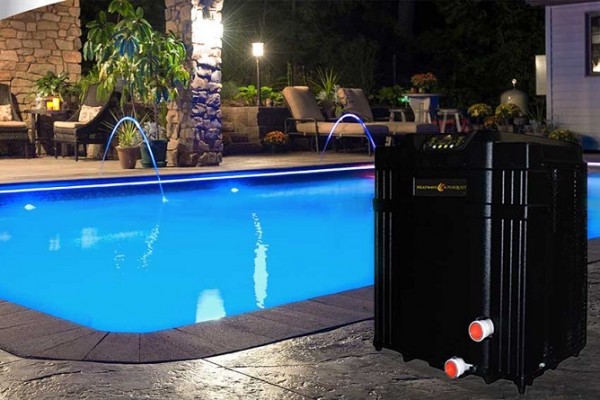Walking aids are usually used for one of the two main purposes: as part of a rehabilitation programme (if the patient is recovering from an injury or operation), or as a long-term aid for mobility if the individual has an ongoing difficulty with walking. These mobility aids can offer greater stability and balance when walking, aid a person’s walking pattern in terms of speed and evenness of stride, and increase confidence in their moving abilities. And since some of the weight carried through the legs when walking is transferred onto the device’s frame or stick, walking devices can also help reduce pain in the back and the joints, muscles, as well as in the ligaments in the lower limbs.

Aside from providing mobility assistance, a walking aid can also help boost a person’s emotional well-being and increase their self-esteem as they will no longer need another person to help them move. So, if you are experiencing difficulties moving around and this is interfering with your everyday life, you should definitely consider getting some equipment to help yourself. What follows is a brief rundown on the different types of mobility aids designed to help with walking.
Single-Point Cane
This kind of mobility aid is helpful for conditions where the person needs a little bit of extra support to alleviate their pain and discomfort. While it does provide some support for the leg, it is not the most suitable option if weight needs to be completely removed from the extremity.
Quad Cane
This aid is a good option for people who need more stability than what a single-point cane provides, but still don’t need the full support of a walker.
Crutches
Crutches allow users to completely remove weight from their extremity. They are often required in more severe cases, like sprains or breaks. And since these mobility aids require that the user has good stability and upper body strength, they aren’t usually very useful for the elderly. But for those with ample strength, crutches can provide great support and freedom.
Walker
Although this aid is the most supportive one from all of the above-mentioned, it is also the largest and most difficult to carry around. However, a walker is an excellent option for patients with poor balance or lesser upper body strength and it is the ideal choice for the elderly. It is important to mention that new walkers have many options and features that can make this aid much more convenient to use.
Knee Walker
In addition to being very simple to use, a knee walker is one of the easiest ways to get around quickly and safely without placing any weight on your legs. It is the most convenient option for people that find it difficult to use crutches and don’t want to be slowed down by a walker.
Bottom line is, whichever walking aid you end up buying, it is important that you adjust it according to your height and size. The best thing to do, however, is to ask for an advice and training from a health professional before making any buying decision.



